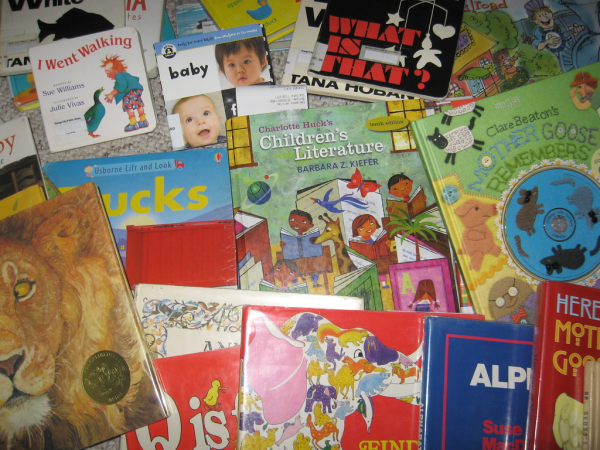Juniors take on the Common Core
While some juniors found the new Smarter Balanced Assessment Consortium (SBAC) assessments to be more challenging than the traditional CST, they did not like how the tests were administered on a computer, and how the questions were phrased.
The implementation of the new Common Core state standards affected juniors at Clark during the week of April 14–21, as they tested out the new SBAC assessments in their U.S. history classes. The juniors went to the computer lab during their U.S. history classes, where they took three assessments on the computers: two math assessments and one English language assessment.
The new Common Core State Standards tests will replace the California Standards Tests (CST). These tests ask students questions that consider the relevance and implications of their knowledge applied to real world scenarios. The SBAC assessments feature new types of questions such as the constructed response and the performance task, which require more writing to allow students to show their knowledge through their language skills.
Although they only participated in SBAC practice assessments, some juniors did not like the new form of standardized testing. “You could say it’s a different way of testing,” said Patrick Tumbucon. “Although they use real world applications, I don’t think it’s effective for standardized testing.”
After taking all three assessments, Tumbucon says that SBAC was harder than the CST, and that he would prefer taking the CST. “There were some things that I didn’t get, but the CST was much easier,” he said. “I’d rather fill in bubbles than have to formulate a response based on a passage.”
Tumbucon found the SBAC assessments to be more challenging not because it required more writing, but because of the phrasing of the questions. “The way they ask their questions is really vague,” he said. “They give you this box to type in and they ask you to support your answers with examples from the passage, but you don’t know how long your response should be or how many examples to use.”
Irene Baghdasaryan also took the SBAC assessments, and she thought that the phrasing of the questions was vague and oversimplified. “They simplify their questions and theres so much you have to read, and most of it can be phrased in a few sentences,” she said. “There’s too much text and you only need to use a small part of the information given to formulate your answer.”
Like Tumbucon and Baghdasaryan, Julien Courtade said that he prefers taking tests on paper instead of on a computer. “I think it’s better on paper,” he said. “The computer screen can be a little distracting, and it’s hard to focus. I find it much easier to focus with a booklet rather than a computer.” Although all juniors took the assessments on the computers in the computer lab, the assessment process seemed to run smoothly without any computer glitches, according to Tumbucon.
Courtade said that the first math assessment was easier compared to the second one, which dealt with a real-world scenario regarding a coffee cup shaped fountain. “I understood some part of the coffee cup math,” he said. “But there was just too much information that they gave us and you could just as easily paraphrase it and we could get the answer.”
Although he understands that the new standards are aimed to ask students questions that consider the relevance of their knowledge in real world scenarios, Courtade doesn’t think that it’s a very effective standardized test. “The Common Core is good because it gets people to think more,” he said. “But it’s not a very good way of testing what people really know at the end of the year.”







